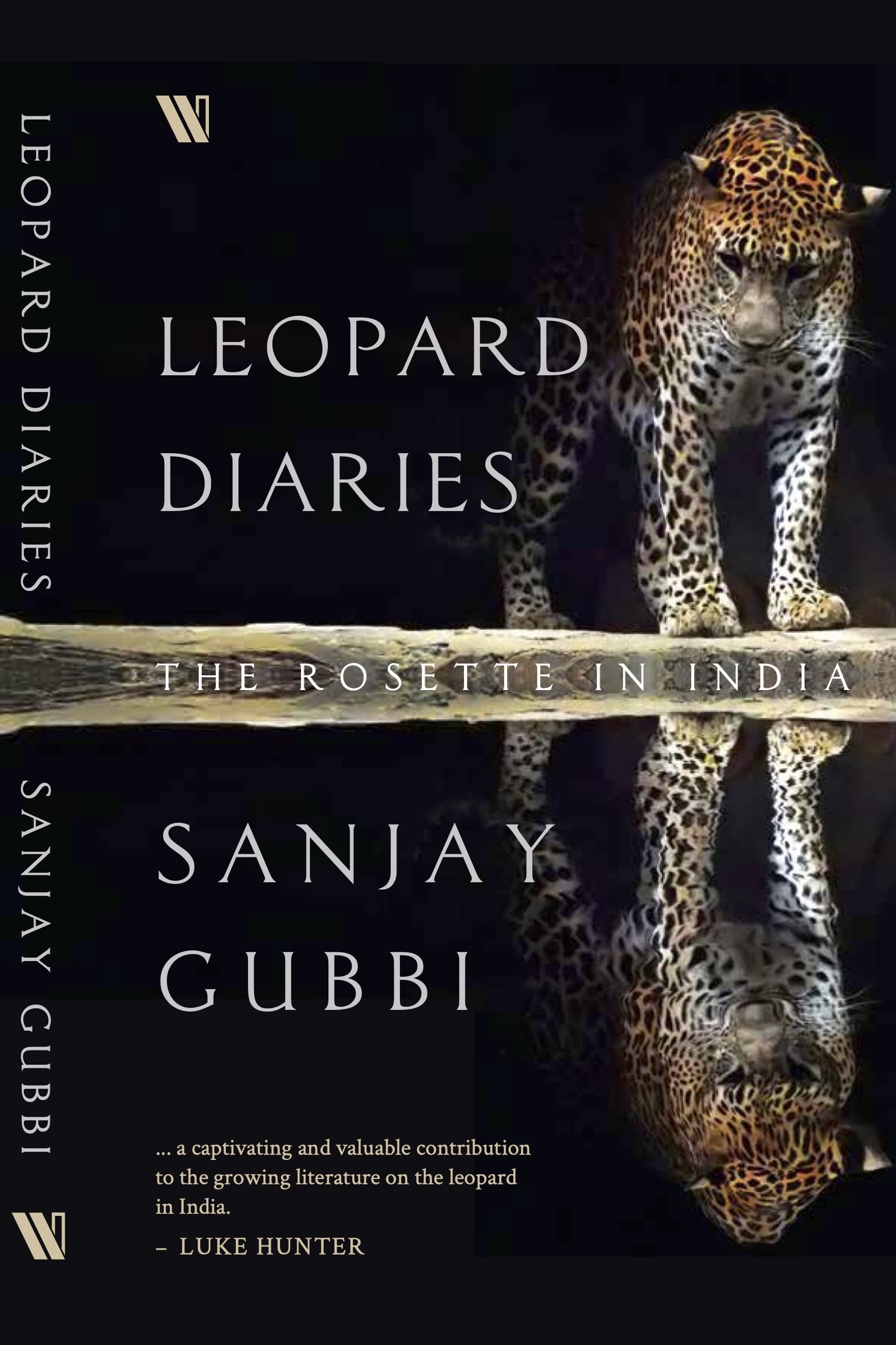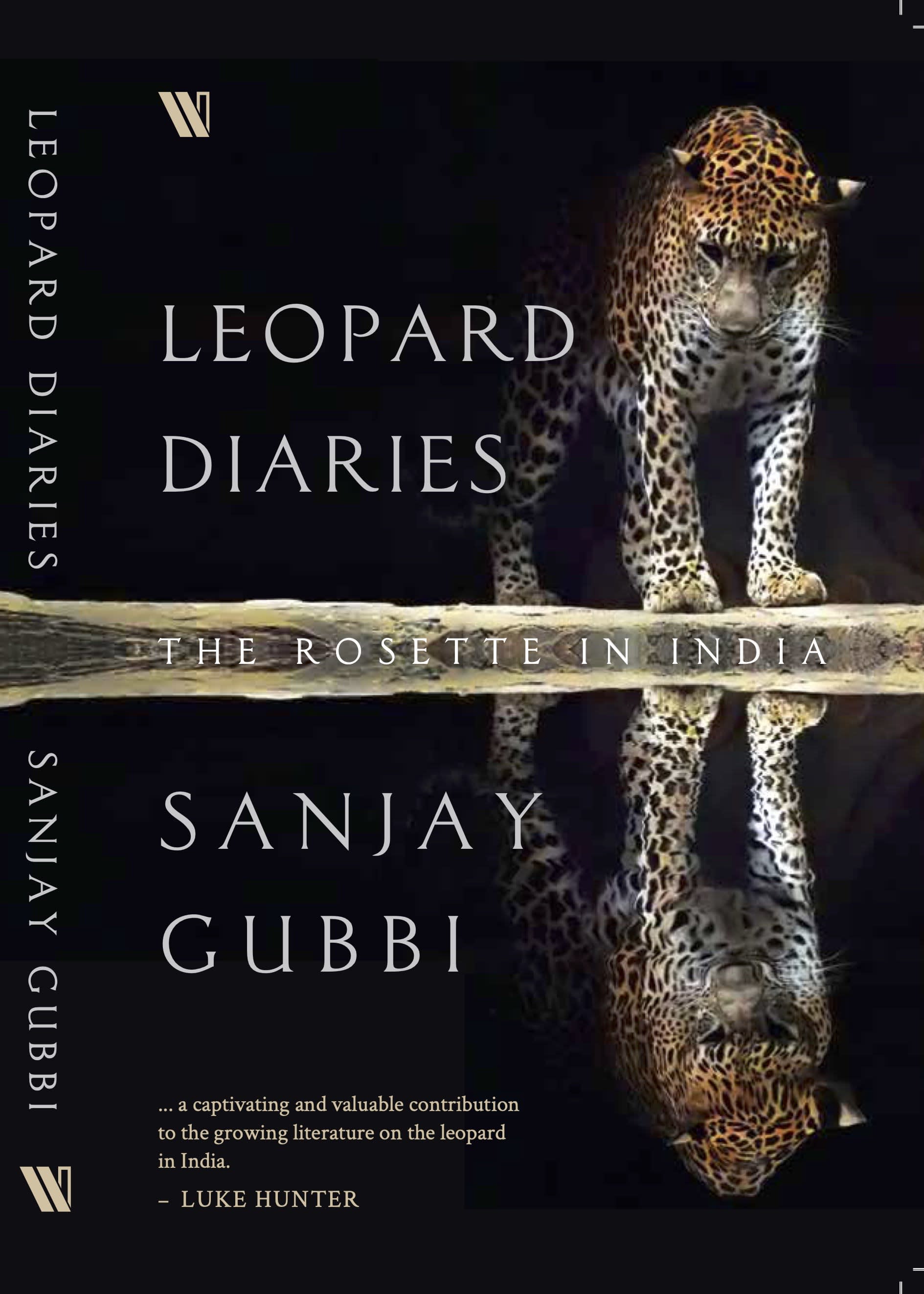 Listen to this article
•
15:34 min
Listen to this article
•
15:34 min
In January 2014, 8 January to be precise, we got our first break. It was around eight in the morning when I received a telephone call from Vasanth Reddy, the head of the Cauvery Wildlife Sanctuary, informing me that there was a leopard that had been brought in and was to be released in Cauvery Wildlife Sanctuary. He told me that the head of the forest department had suggested that he contact me to put a collar around it, and asked me to discuss the matter with the forest officers from Tumkur and plan my collaring exercise. Chinnappa, the local range forest officer from Tumkur district, gave me a few more details. Due to pressure from villagers, the forest department had captured a leopard near Chalamasandra village on the border of Tumkur and Mandya districts. He told me they would wait for me at Halagur, and we could proceed together from there to the wildlife sanctuary.
Our office immediately bustled with activity. It was like an elite unit of the army had been mobilised. We had a list of seventy-four pieces of equipment that were required for the radio-collaring exercise. Our kit included everything from a portable stretcher to the rice grain-sized passive integrated transponder to be inserted into the animal. All the equipment were regularly checked for readiness. Even if we missed a small screw, the work could halt in the middle of the forests. Now, we checked once again that everything was in place.
Once we’d ticked off the essential items on our checklist, we loaded all the equipment. My colleague Rashmi, the erstwhile computer science engineer, directed the team to put all the gear in order: the large aluminium trunk that had all the measuring gear and our sample collection kit would be at the bottom of the four-wheel drive car’s boot. The Stanley tool kit, which had the radio collar, antenna and other gear, would be placed above it. A large duffel bag with the weighing scale and a jerry can with water were fixed at the side of the vehicle, nets were fixed on top, and the wooden pole to hang the measuring scale to weigh the animal was attached to the rear. Everything else was stowed neatly so that we had space for the equipment but also for the entire team to sit. Things can get hectic during the actual collaring, so it was important that everyone know the equipment and where it was placed. The veterinary team would bring all the necessary veterinary equipment, including dart guns, jab sticks and drugs.
We left for Cauvery Wildlife Sanctuary within three hours of receiving the first telephone call. As we arrived in Halagur, which is about 80 kms away from Bengaluru, Chinnappa was waiting for us at the eatery at the entrance to the village. To my enthusiasm to leave immediately for the forests, he responded calmly, saying, ‘Let’s have a quick bite before we leave. You never know how long it will take once we enter the forests.’ He was right. After a quick lunch, we headed off to the forests.
As we reached the forest edge, the officers from Tumkur had to stop to complete a few formalities. The mini-truck carrying the leopard was parked under a neem tree (Azadirachta indica) to ensure that the animal was kept under good shade. I was impressed when I first saw him peeping through the tarpaulin that his cage had been covered with to protect him from curious onlookers. He was a well-built, five- or six-year-old individual. But surprisingly, he had no scars from skirmishes with other suitors or challengers. This is a typical feature in large carnivores, especially when they are males who have to defend their turfs against intruders and challengers.
Energetic and angry, he was uncomfortable at anyone walking even too close to the vehicle. When someone’s shade passed over his cage’s blue tarpaulin, he reacted with a snarl. I soon realised that my wish to study leopards did not match his own desire to be left alone. But I knew I was doing the right thing for his species, even though he would not be very interested in my upcoming scientific arguments.
Formalities done, the animal was taken to the banks of River Kaveri adjacent to Kirumada, a deep pool in the river that was plush with the endangered mahseer fish. The river is rich with mugger-the armour-plated crocodiles, playful button-eyed otters, long-necked snake birds, grey-headed fish eagles that perch on branches at its edge, waiting for a catch, and many other wildlife. The valley was empty of people for nearly twenty kilometres with lots of natural prey, especially chital, that would visit the river often to quench their thirst. On both sides of the valley were rolling hills with savannah woodland forests and wide-spaced trees. The long grass of the forest floor helped grazers and browsing animals alike. Arjuna (Terminalia arjuna), tamarind (Tamarindus indica), sage-leaved Alangium (Alangium saviifolium) and bastard sandal (Erythroxylum monogynum) trees grew luxuriously along the river banks, and this unique riverine habitat was always green due to the availability of water year-round. The setting could hardly have been more beautiful and serene.
We laid out our equipment under the shade of a large tamarind tree, as though a sumptuous picnic was being readied. A couple of thick cotton bed sheets were spread out over a tarpaulin. We had to clear the place of pebbles and any growth that could hurt the animal if it pressed on its blood vessels or nerves.
After inspecting all the other equipment, I checked and prepared the collar. The collar battery showed 6.678 volts. It was good to go. I had to remove the small magnet that’s generally attached to GPS collars to keep them running on lowest current so the battery doesn’t drain out when the collar is stored. Then, I went on to check for the three beeps: beep . . . beep. . . beep, sounded the collar in my earphones when it was motionless. I moved the collar around for a while, and the sound changed to bip . . . bip . . . bip, indicating that the collar was in motion. The collar was working fine.
Excerpted with permission from Leopard Diaries: The Rosette in India by Sanjay Gubbi, published by Westland, Price: Rs 599








